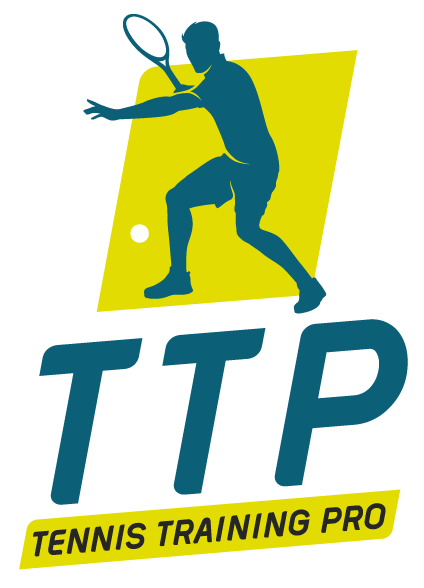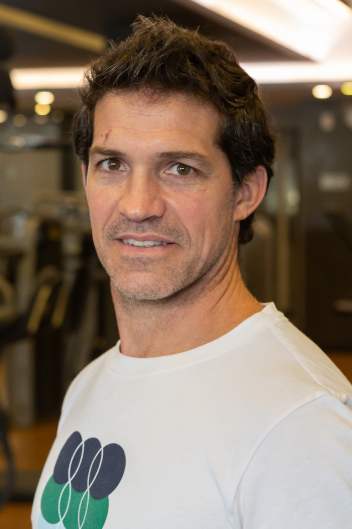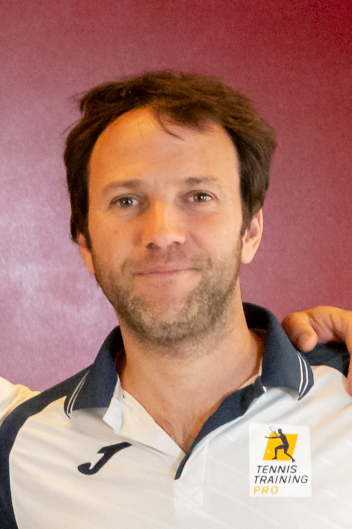How to Train Power with Tennis Players: Key Strategies
09 de October, 2023
By PF. Martin Beccaria
Our goal, whether as coaches, professional players, or amateurs, will always be to feel as agile, strong, and powerful as possible on the court. The problem arises when, many times, the training methods and exercises used are not the correct ones. So, how can we put into practice a training that is useful for our sport?
First, we must understand that power is the amount of force produced during an activity at a given speed.
Power(W)= Force(N) x Speed(m/s)
Taking into account what was mentioned, both force as well as execution speed will play a very important role in the selection of exercises that provide us with optimal power. In pursuit of these objectives, ballistic exercises are very useful for generating high levels of power, since they can be carried out at high speed with an almost total or total reduction of the braking phase, using an appropriate weight that generates high peaks of power.
Types of ballistic exercises:
- Derived from Olympic lifting.
- Loaded jumps.
- Reactive strength training (See Plyometrics Article).
These exercises manage to express high levels of IMF (Force Manifestation Index) where explosive force levels are high. But, as we previously discussed, to achieve high levels, an appropriate combination of time and execution force must be generated.
Then, seeking maximum force levels will be very important, since it has been demonstrated that stronger athletes generate higher levels of power than those who are weaker. (Haff.G and Nimphius.S 2012)
Despite what was recently mentioned, in the pursuit of a powerful athlete, we have to seek to vary the methods, means, and loads that ensure we work within the entire force-speed curve.
In a study conducted by Haff.G and Nimphius (2012), four different exercises were evaluated: back squats, loaded jumps, power cleans from the floor, and from suspension. It was concluded that loaded jumps were the ones that generated the highest levels of power, in second place, power cleans, in third place, power cleans from suspension, and in fourth place, back squats.
So, if we want to incorporate power exercises, the ballistic exercises in which their execution can be at high speed will be very useful. Both loaded jumps and Olympic lifting derivatives are very good exercises to add to strength routines. The advantage that jumps have over derivatives is that they require much less technique and have similar or even greater effectiveness.
On the other hand, it is worth clarifying that mixing methods with exercises focused on movements that can be performed at high speed and others that are slower, but with a great application of force, can affect different parts of the curve and generate an increase in the player’s power.
Example of lower body power training:
- Squats at a speed of 0.8 m/s (approximately 60% of 1RM): 3 sets of 6 repetitions.
- Loaded jumps with 20% of body weight: 3 sets of 4 jumps.
- Assisted jumps with bands: 3 sets of 8 jumps.
In search of a session aimed at power development, we chose three exercises that work strength and power at different speeds. If we are lucky enough to be able to measure with technology, it will provide us with even more information and we will also be able to make decisions based on the feedback provided by the devices.
In conclusion, we must understand that strength plays an extremely important role in sports training and that a player who wants to be powerful must first have good levels of strength. Once this is achieved, incorporating different methods, means, and exercises will be the key to creating a powerful player. Of course, genetics play a very important role in the amount of fast-twitch fibers the player has, which is precisely why we must tailor each training session to the needs and goals of the trainee.
Clarification: Performing these exercises in microcycles close to the competition can be very useful for the player, but we must avoid high volumes, as these will lead to an increase in fatigue and, therefore, a decrease in speed and applied force.
References:
- “The Development of Power” (National Strength and Conditioning Association – NSCA; 2018)
- “Training Principles for Power” (Haff.G and Nimphius.S; 2012)


 ES
ES EN
EN PT
PT



